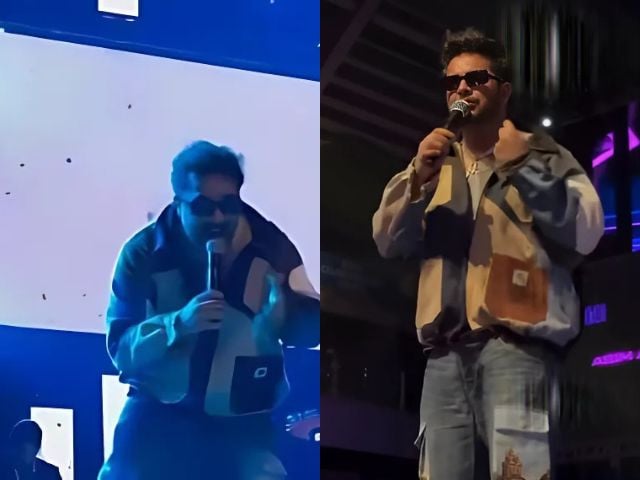India achieved its independence after centuries of slavery and the national flag is a symbol of the sacrifice our brothers and sisters endured, unitedly, to make the motherland free.
Introduce your kid to the rich legacy of Indian freedom fighters. Narrate to them the stories where young boys and girls laid down their lives refusing to bow down before British rule.
Introduce your kid to the elements of our nation, one of which is the national flag.
India’s independence, achieved on August 15, 1947, marked the end of British colonial rule after nearly two centuries of domination. This historic event was the result of a prolonged struggle led by figures like Mahatma Gandhi, Jawaharlal Nehru, and Sardar Patel, who championed nonviolent resistance and civil disobedience. The independence movement united diverse groups across the nation. This day is celebrated annually as Independence Day, symbolizing the triumph of resilience, unity, and the quest for self-determination. It remains a poignant reminder of India’s journey to sovereignty and self-governance.
Introduce your kid to the rich legacy of Indian freedom fighters. Narrate to them the stories where young boys and girls laid down their lives refusing to bow down before British rule.
Introduce your kid to the elements of our nation, one of which is the national flag.
India’s independence, achieved on August 15, 1947, marked the end of British colonial rule after nearly two centuries of domination. This historic event was the result of a prolonged struggle led by figures like Mahatma Gandhi, Jawaharlal Nehru, and Sardar Patel, who championed nonviolent resistance and civil disobedience. The independence movement united diverse groups across the nation. This day is celebrated annually as Independence Day, symbolizing the triumph of resilience, unity, and the quest for self-determination. It remains a poignant reminder of India’s journey to sovereignty and self-governance.
As Independence Day is nearing, educate your child about the dos and don’ts about the national flag.
- The use, display and hoisting of the
Indian national flag is guided by theFlag Code of India 2002 and the Prevention of Insults to National Honour Act, 1971. - The National Flag is made of handspun, handwoven or can be machine-made of cotton, polyester, wool, silk and khadi.
- The flag can be of any size but the ratio of the length to the height (width) of the National Flag shall be 3:2.
- The National Flag should never be inverted. The correct form of hoisting the flag is to keep the saffron at the top.
- Damaged National Flag should not be hoisted.
- The National Flag should not touch the ground or the floor or trail in the water.
- The National Flag shall not be used as a portion of costume or uniform or accessory of any description which is worn below the waist of any person nor shall it be embroidered or printed on cushions, handkerchiefs, napkins, undergarments or any dress material.
- The National Flag should not be used to wrap, receive, or deliver things.
- The National Flag should not cover the sides, back, and top of any vehicle. Only certain individuals in the country have the privilege of hosting the National Flag on motor cars and they are: The President, The Vice President, Governors and Lieutenant Governors, Heads of Indian Missions/Posts, Prime Minister, Cabinet Ministers, Minister of State, and Deputy Ministers of the Union, Chief Minister, Cabinet Minister, Minister of State or Dy. Minister of a State or Union Territory, Speaker of the Lok Sabha, Deputy Chairman of the Rajya Sabha, Deputy Speaker of the Lok Sabha, Chairman of Legislative Councils in States, Speakers of the Legislative Assemblies in States and Union Territories, Deputy Chairman of Legislative Council in States, Deputy Speakers of Legislative Assemblies in States and Union Territories, Chief Justice of India, Judges of Supreme Court, Chief Justice of High Courts and Judges of High Courts.
- The National Flags made of paper should not be discarded on the ground.
How strict parenting can impact children negatively







